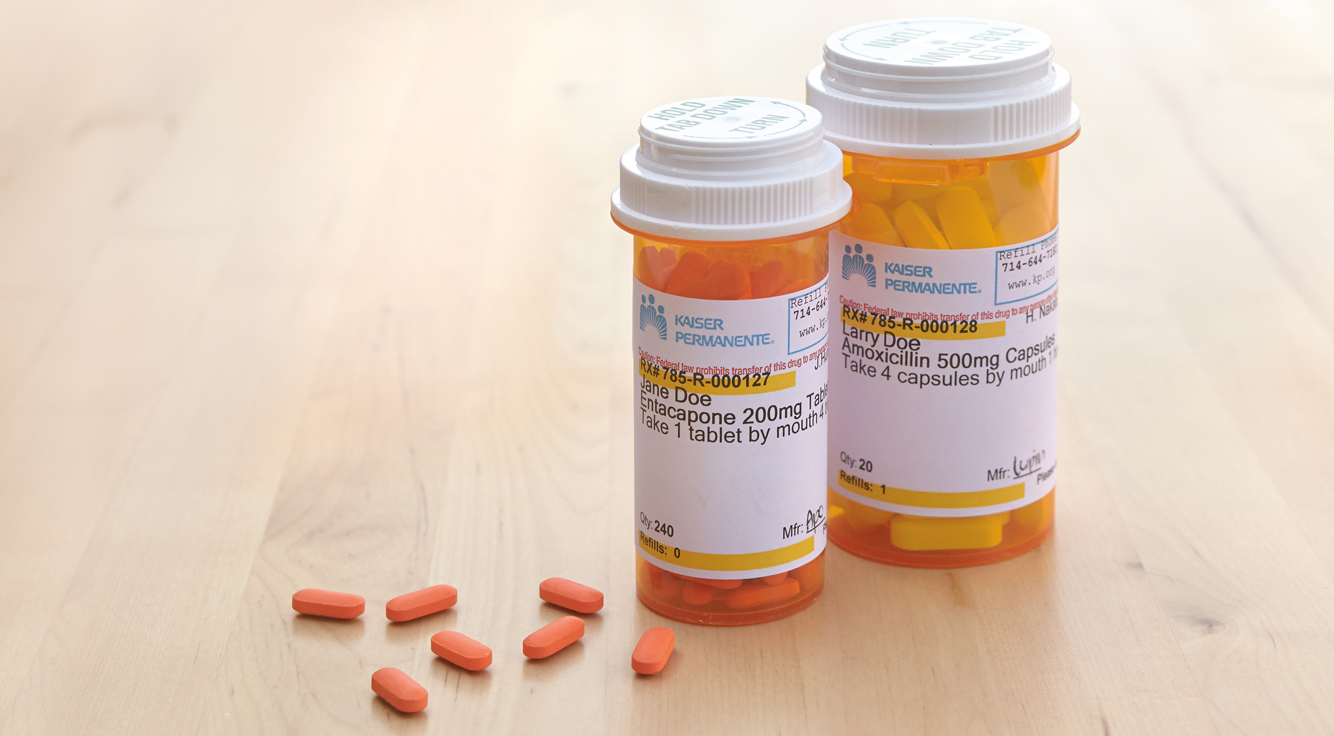
5 ways to fight antibiotic resistance
Antibiotics have changed the course of human history. Since coming into widespread use in the 1940s, they’ve helped millions of people survive potentially deadly conditions like meningitis and pneumonia.
But because these drugs have been used so extensively for so long, the bacteria they’re designed to kill have adapted. As a result, antibiotics are becoming less effective. Currently in the United States, at least 2 million people each year are infected with antibiotic-resistant bacteria.1
What is antibiotic resistance?
Every time a person takes antibiotics, sensitive bacteria are killed, while their hardier, drug-resistant counterparts survive and eventually multiply. Over time these resistant bacteria outnumber the more sensitive pathogens, creating a strain that’s virtually immune to antibiotics.
As more types of bacteria become drug-resistant, doctors have fewer drugs to fight them effectively. In fact, we’re approaching a critical tipping point where some bacteria are becoming resistant to all available antibiotics. In the U.S. alone, at least 23,000 people now die each year as a direct result of drug-resistant infections.2
What’s the best way to stop drug-resistant bacteria?
While new antibiotics are being developed, it’s a slow process. And even when new antibiotics become available, they’ll still face the problem of evolving drug resistance.
With antibiotics so likely to meet eventual resistance, the best tool we currently have is stronger antibiotic stewardship. This means better prescription practices by doctors and wiser use by patients.
What doctors and pharmacists can do
It’s important to know that antibiotics are only intended to treat bacterial infections. They’re not needed for colds, most sore throats, or many sinus infections. The Centers for Disease Control and Prevention (CDC) notes that currently, 20–50% of antibiotics used in U.S. acute care hospitals are either unnecessary or poorly matched with the bacteria they’re prescribed for.
Taking the wrong medicine not only delays correct treatment, it also allows bacteria to multiply in the meantime. And this encourages the evolution of drug-resistant pathogens.
This means doctors can play a key role in combating drug resistance by prescribing antibiotics only when necessary. Pharmacists, with their special expertise, can review prescriptions to make sure they’re appropriate and necessary. Both can teach patients how to use these drugs responsibly.
5 things you can do
The first step is doing what you can to prevent infection. Wash your hands frequently, take good care of yourself, and get your recommended vaccines.
When you do get sick:
- If you have a common bug (like an ear infection or stuffy sinuses), try “watchful waiting.” Get extra rest and fluids, watch your symptoms for a few days, and see if you get better. If not, it’s probably a good idea to check with your doctor.
- Ask your doctor if antibiotics are really necessary. Remember, antibiotics can have side effects. When your doctor says you don’t need an antibiotic, it means taking one may do more harm than good.
- Take antibiotics exactly as your doctor tells you. If you’re prescribed antibiotics, never skip doses or stop taking them early, unless your doctor tells you to do so.
- Only take antibiotics prescribed for you. Do not share or use another person’s leftover antibiotics.
- Do not save antibiotics for a later illness. Once you’ve completed the prescribed course of treatment, properly dispose of any leftover medication.
Antibiotic resistance is a growing threat to public health, but you can help to rein it in and preserve this critical weapon against disease.
Learn more about protecting your family from antibiotic resistance.
1CDC, 2017.
2See note 1.
TOPICSantibioticsdrug safetydrug-resistant bacteriaprescriptions





